Communing with the Gods along the Kumano Kodo
Shingu City is home to Hayatama Taisha, the biggest attractions in the city as well as one of the three main shrines in the Kii Peninsula collectively known as Kumano Sanzan. The other two shrines that round up the Kumano Sanzan are Hongu Taisha and Nachi Taisha, and these three together are central to a network of historic and old walking trails referred to as the Kumano Kodo that connects with other spiritual spots in the region. Pilgrims typically make the journey from Hongu to Shingu to Nachi on foot to visit these spiritual locations, and it is said that completing a pilgrimage purifies and reverts one to the virtuous origins of being human.
The city's name of Shingu, which literally means new shrine, is recorded in an old historical text from the 12th century. Legend has it that the gods of Kumano first landed on a rock on Mount Kamikura that is in Shingu and made their dwelling there before establishing the three shrines of Kumano. In the time that passed, they decided to move their abode from Mount Kamikura to where Hayatama Taisha is located and built a new shrine there, resulting in the name of the city.
Given all that I have heard about the Kumano Region and of the Kumano Kodo that is a designated UNESCO world heritage pilgrimage route, I was excited to take the opportunity to stay overnight and have some time to explore Shingu that is rich in religious history.
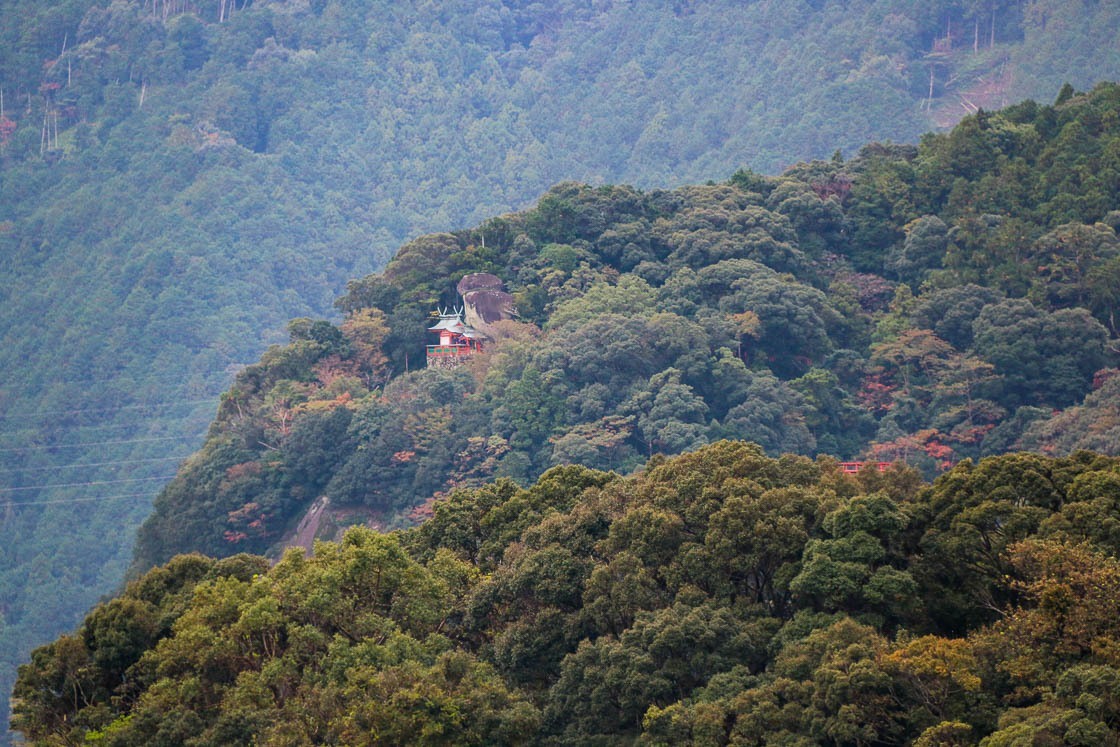
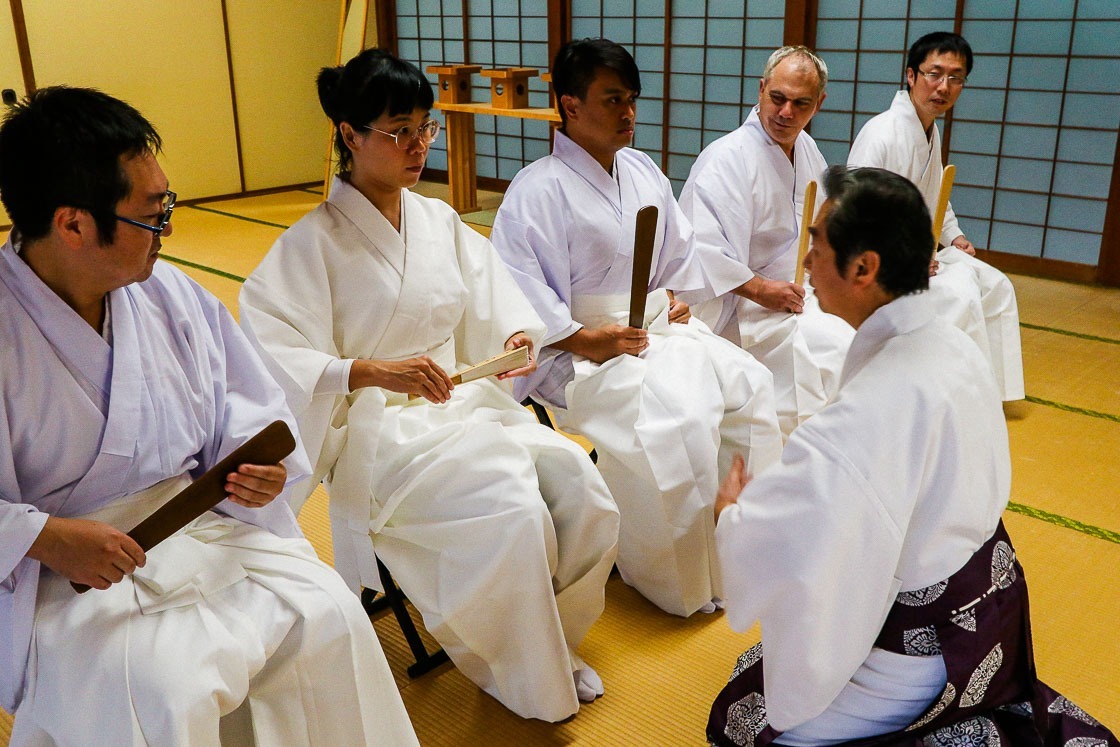
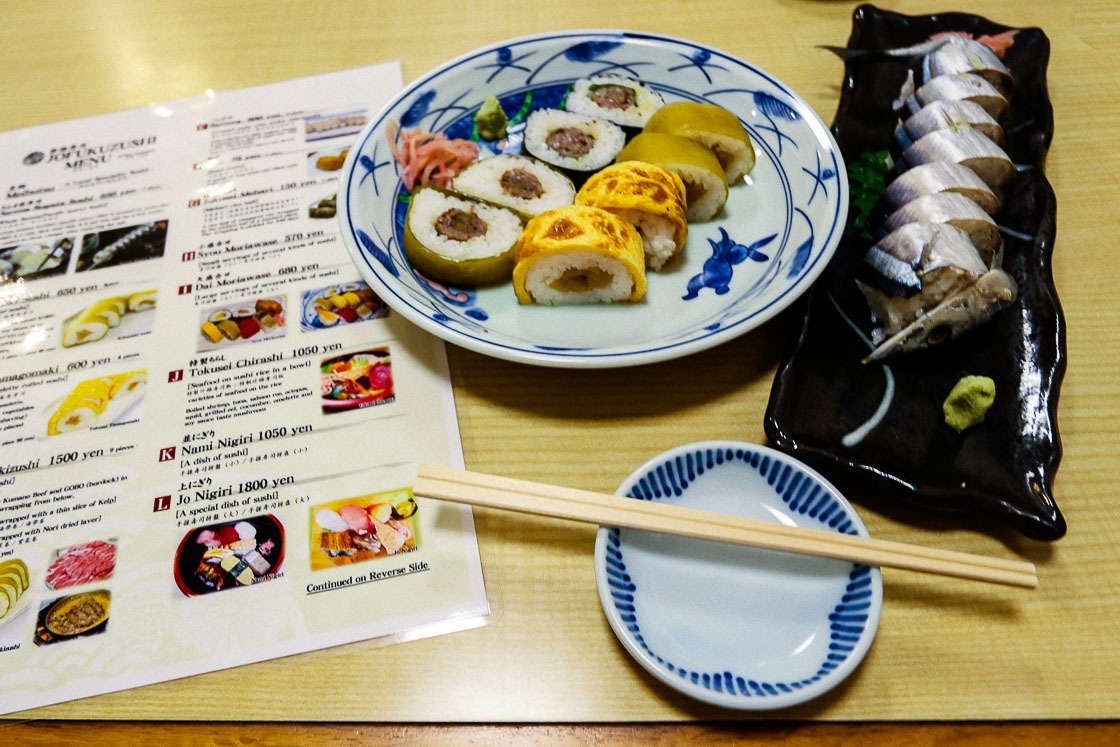
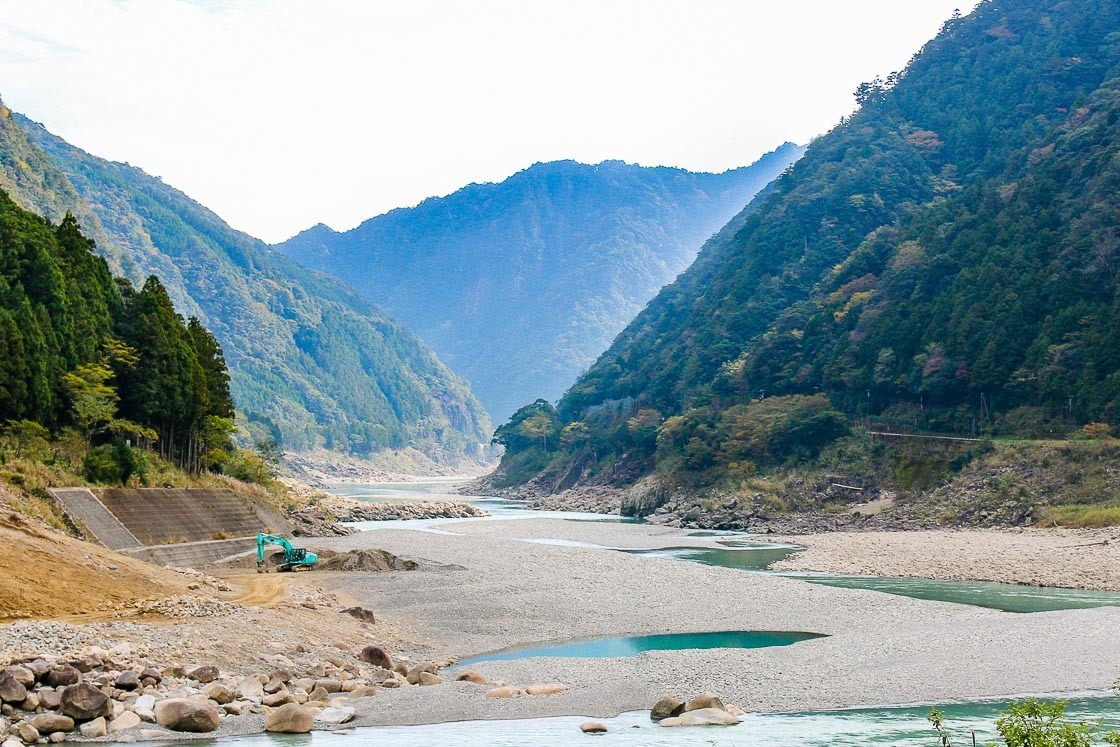
Day One
From Shingu Station, the main station serving the city, I took the bus from outside the tourist information center across the station to the Kumanogawa Michi-no-eki where I would start my adventure. The bus ride was quite scenic as the route was almost parallel to the Kumanogawa River beside it, and I arrived at my destination after 30 minutes. My main purpose here was to take the Kumanogawa Boat Tour down the river to Hayatama Taisha, just like what the emperor and aristocrats did back in the Heian Period (except they started from Hongu Taisha). I was glad for clear skies which made the boat tour extremely pleasant, and my guide was an excellent storyteller who wove history and points of interest together, creating an entertaining 90 minute cruise down the river.

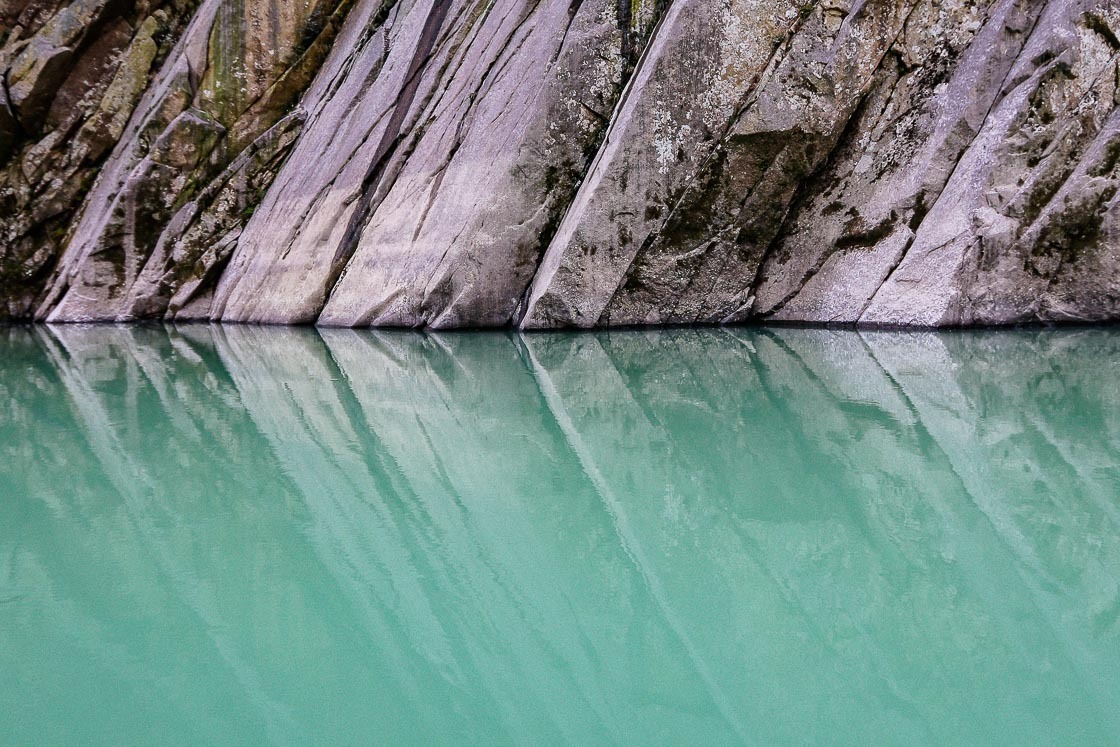
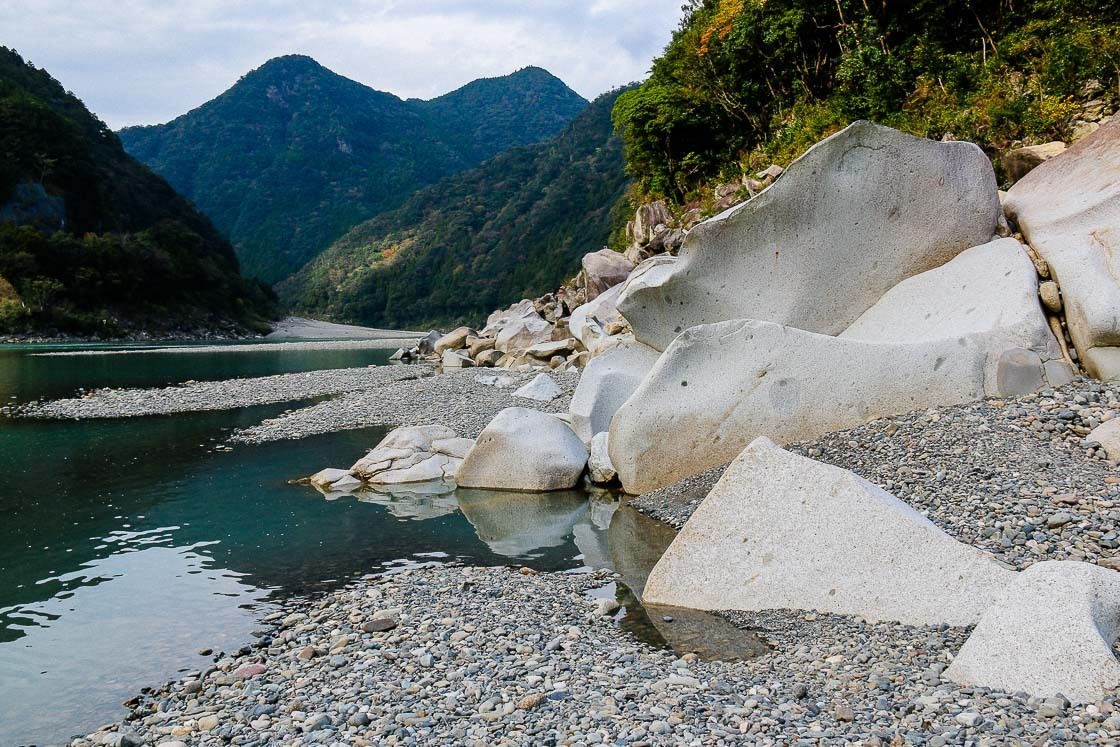
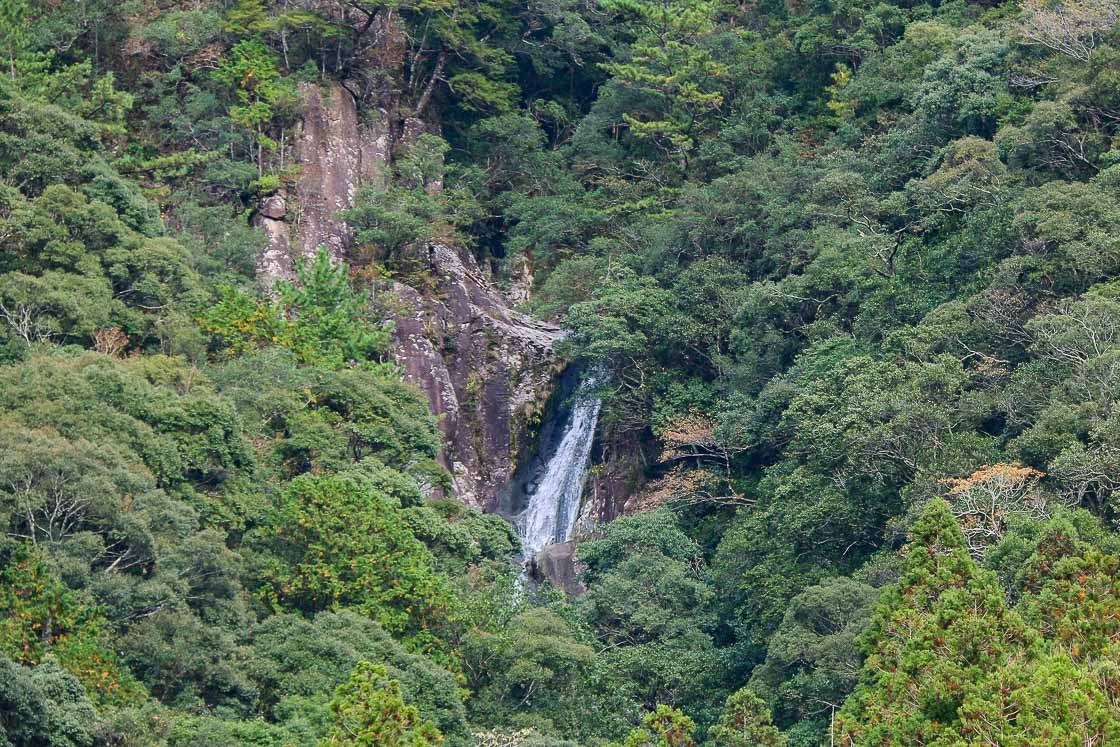
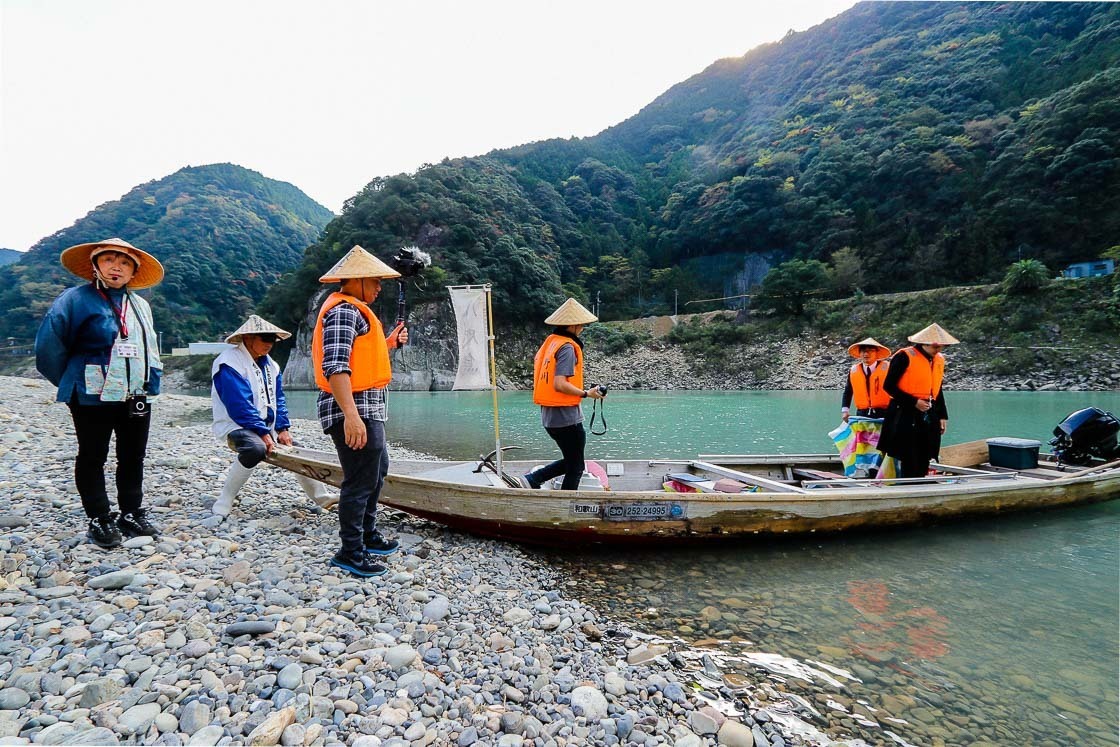
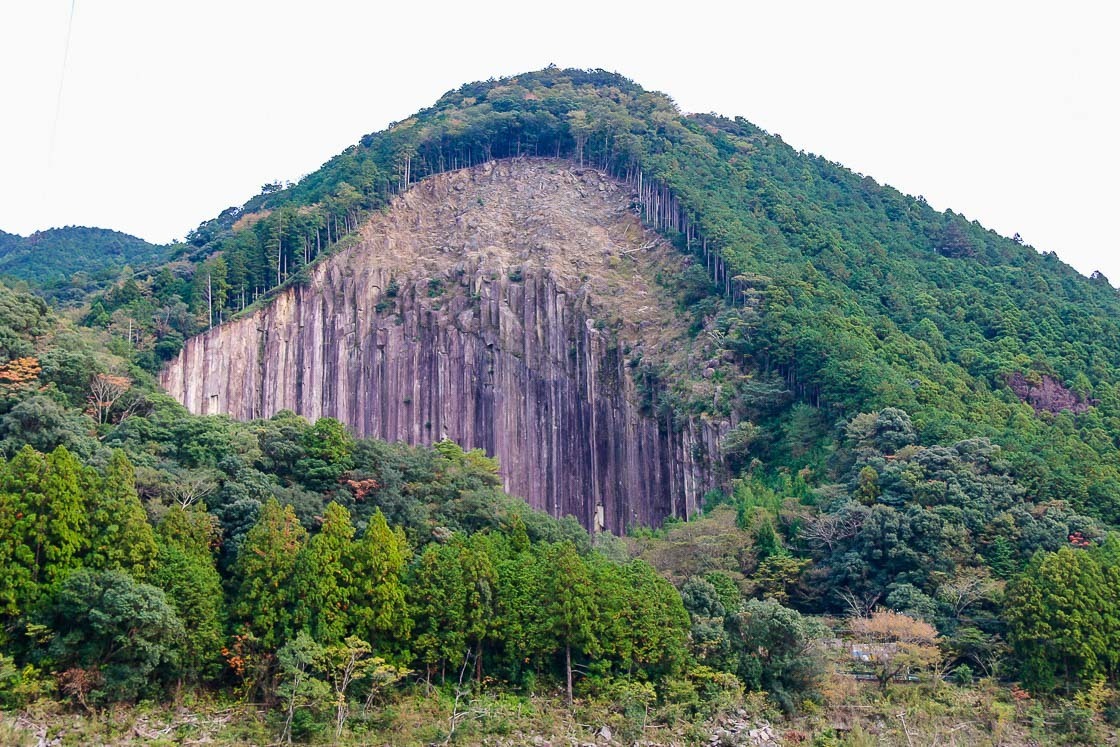
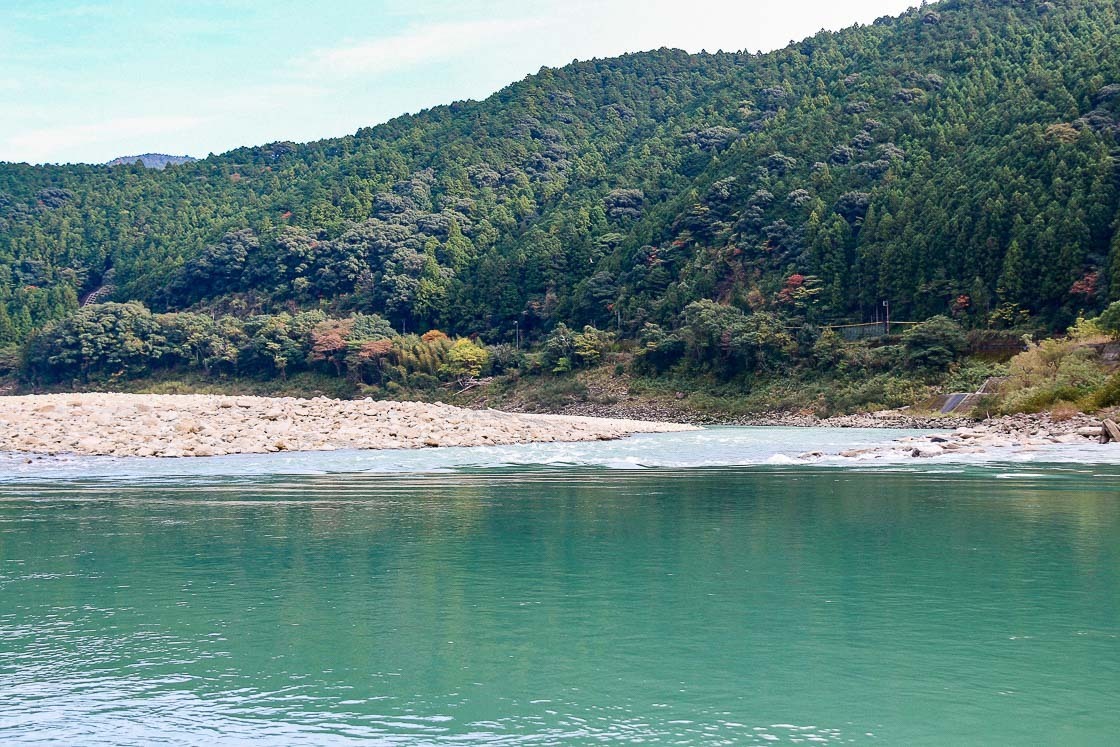
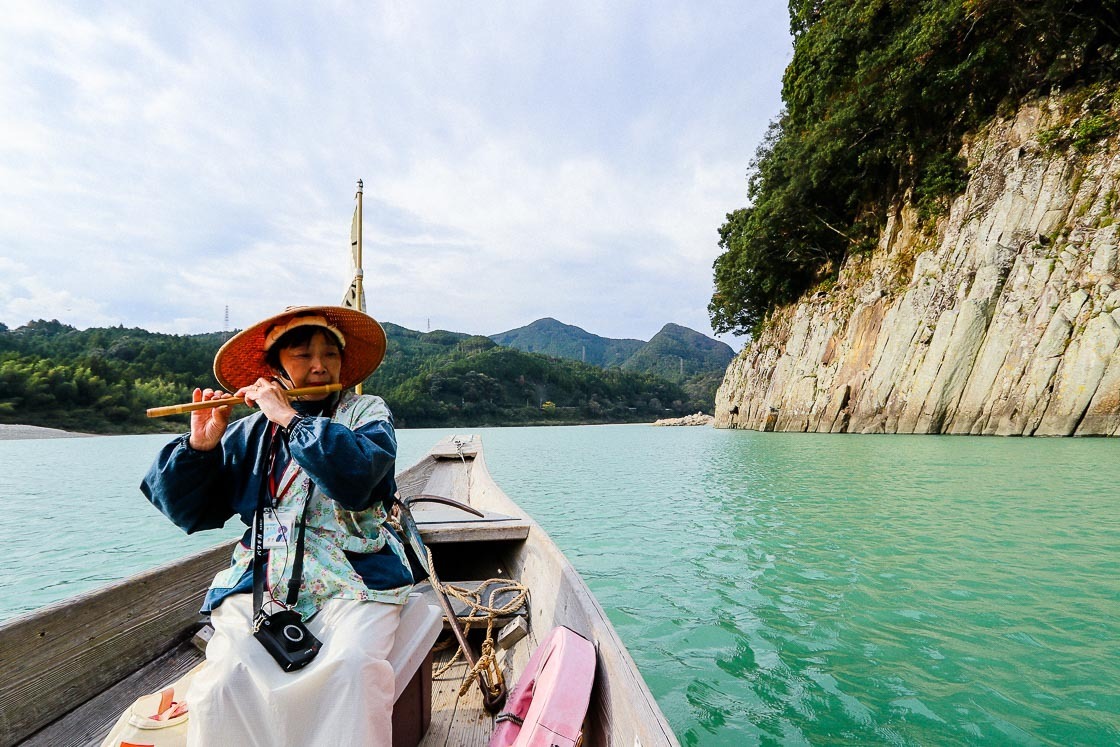
The boat tour ended not far from Hayatama Taisha which was my next stop. Here, I participated in a once-in-a-lifetime experience that. It took me a few days afterwards to slowly understand and absorb all that happened in that personally momentous event. First, I had time for a quick tour of the shrine and learned about the shrine's sacred tree, the nagi tree. This tree is said to be over a thousand years old and has been a symbol for peace and safety for over a millennium. Its leaves, especially, are difficult to break and embody the strong bonds between people in addition to peace.
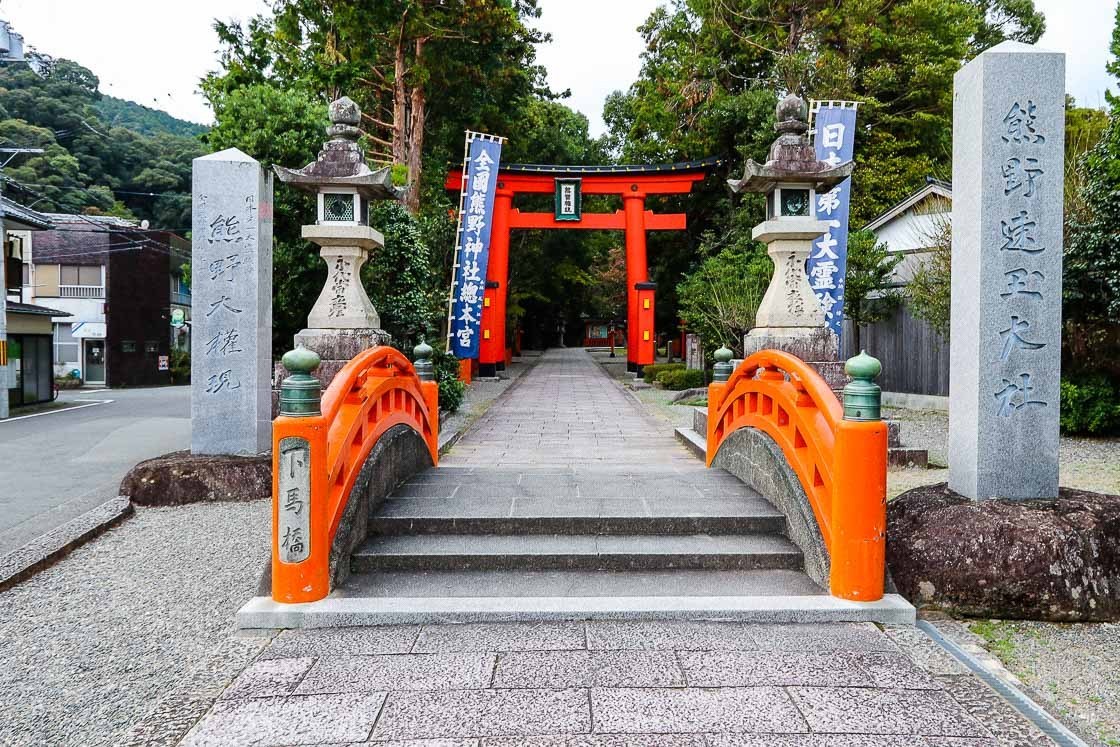
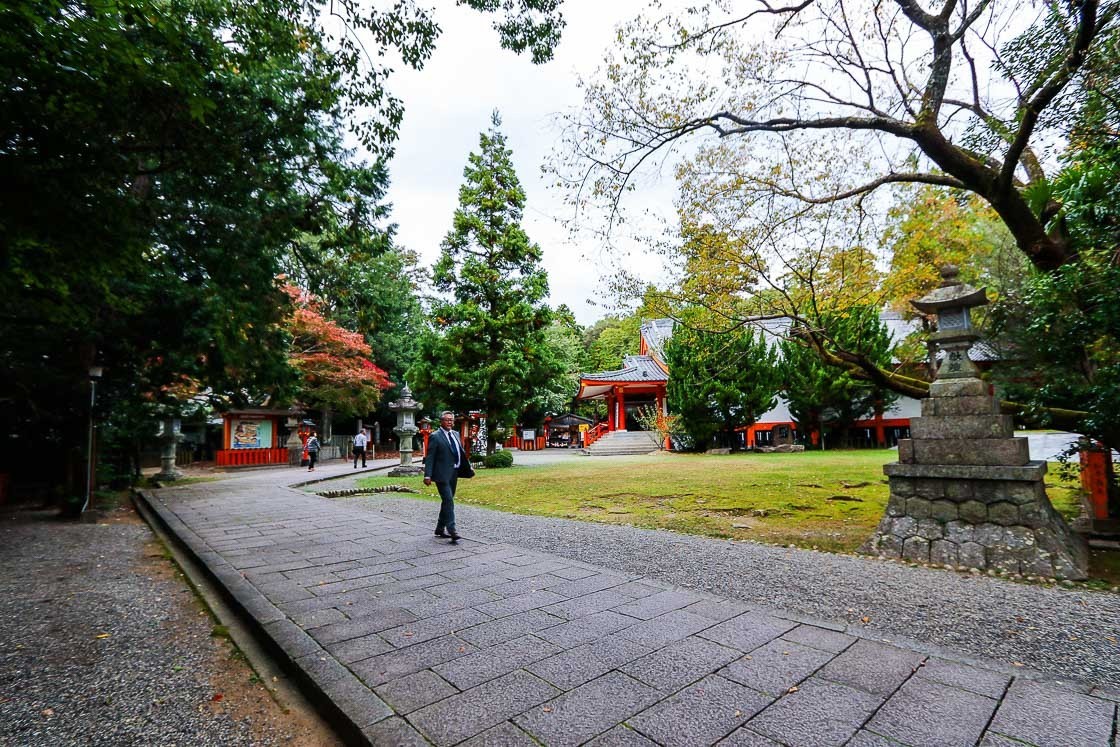


Thanks to the presence of the nagi tree, peace is one of the main themes at Hayatama Taisha. My main purpose was to participate in a Shinto ceremony as a temporary priest and to pray for world peace. This experience is especially for those who are interested to learn more about the intricacies and ways of the Shinto religion and is open to anyone regardless of gender or religion. Note that this should not be taken lightly, nor is it like a casual experience similar to a kimono dress-up opportunity.
To begin, purification and blessing rites were carried out to cleanse the participants. Then, after a short speech by the head priest, we had time to get changed into the ceremonial robes and learn what we had to do. There was a lot to go through, but with diagrams and explanations in English, it didn't feel as overwhelming as I thought it was going to be. We had time to learn how to bow - an important action during the ceremony - and practice our moves indoors prior to the outdoors rehearsal. Before I knew it, it was time for the actual ceremony. Ahead of performing the ceremony, the head priest reassured us that it was the heart that mattered and less the accuracy of the actions, which heartened me.
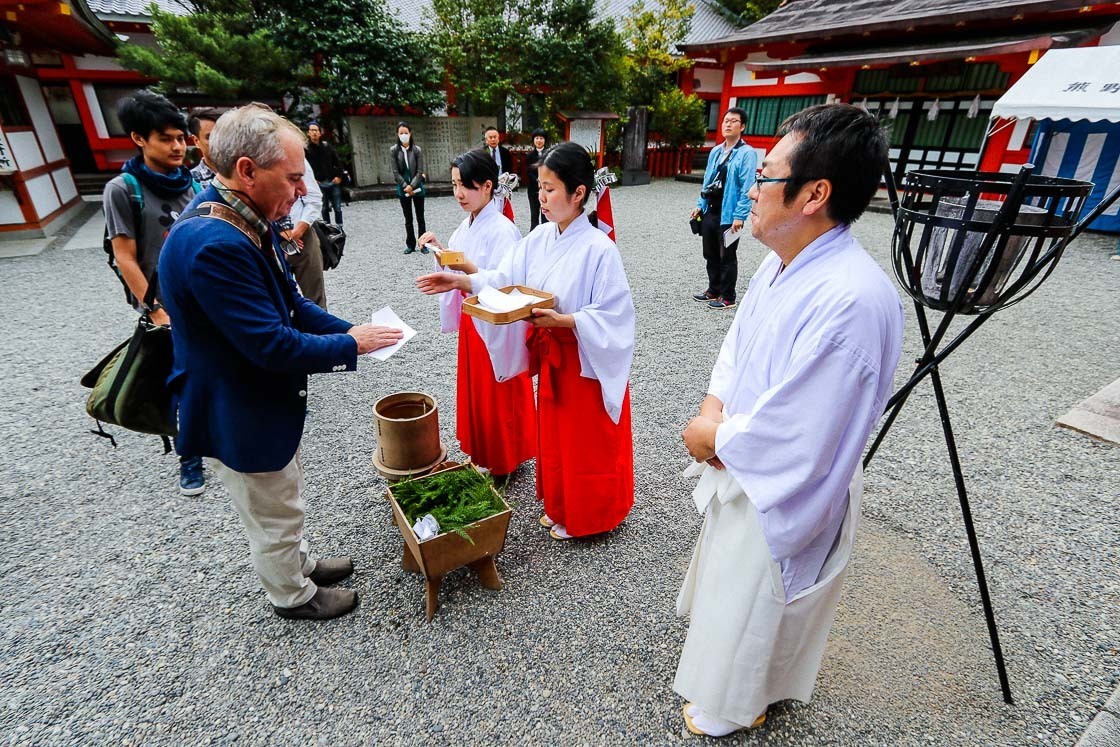
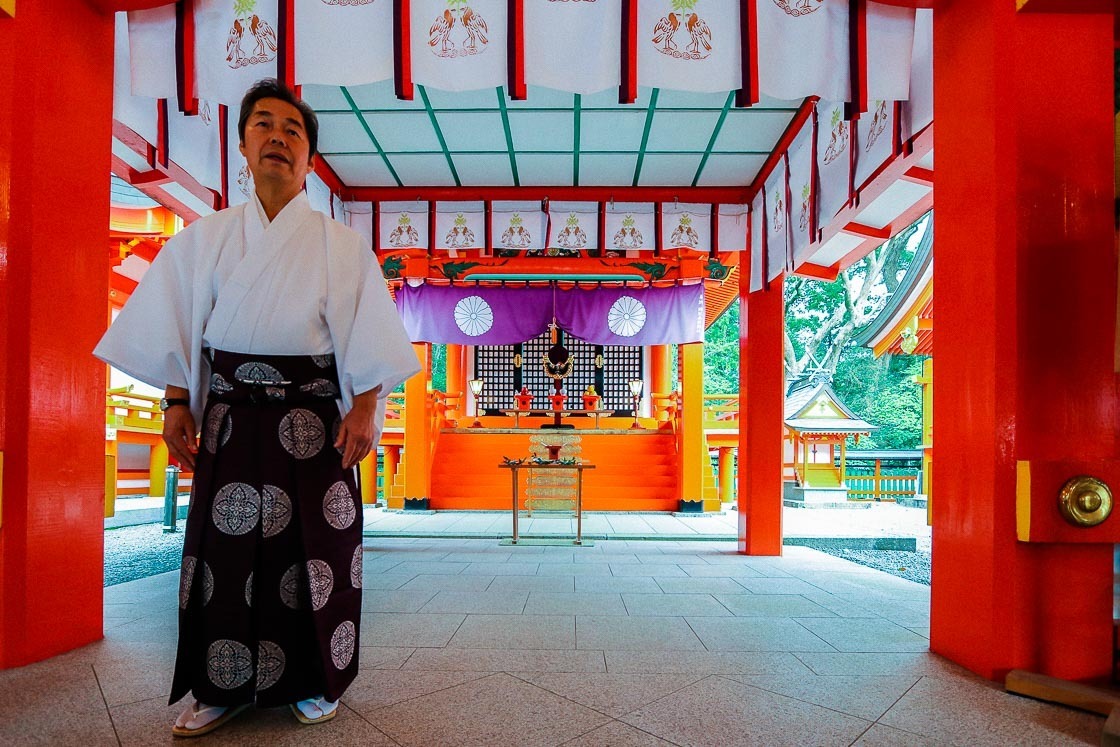
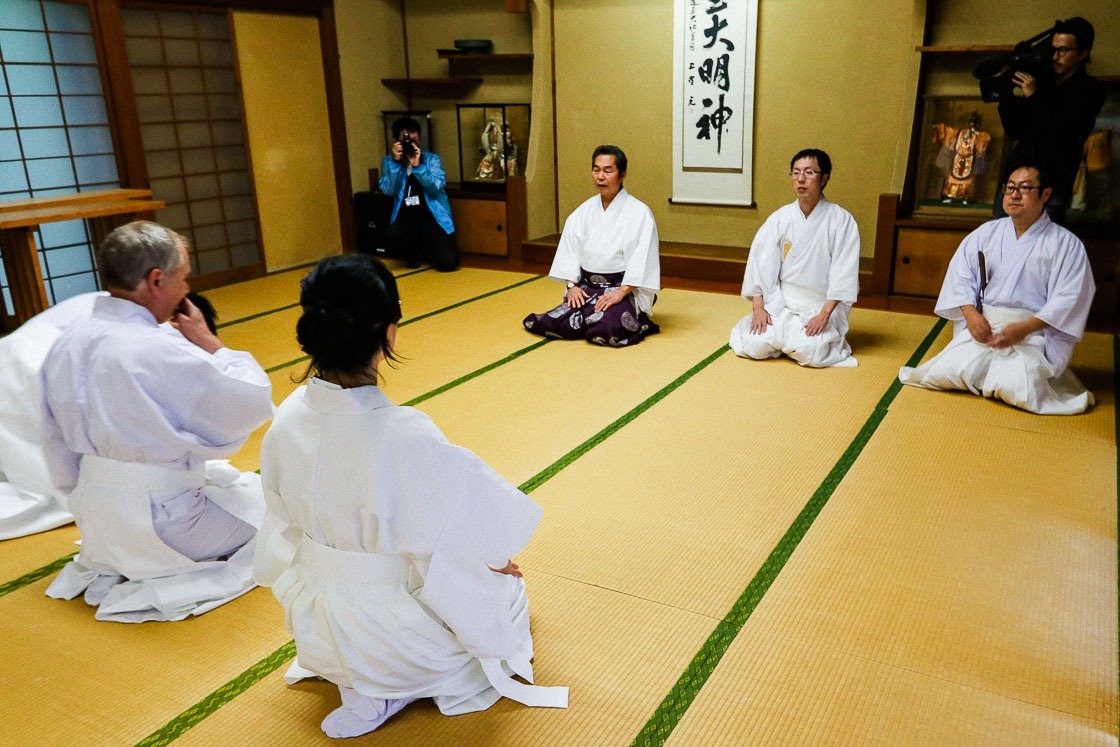

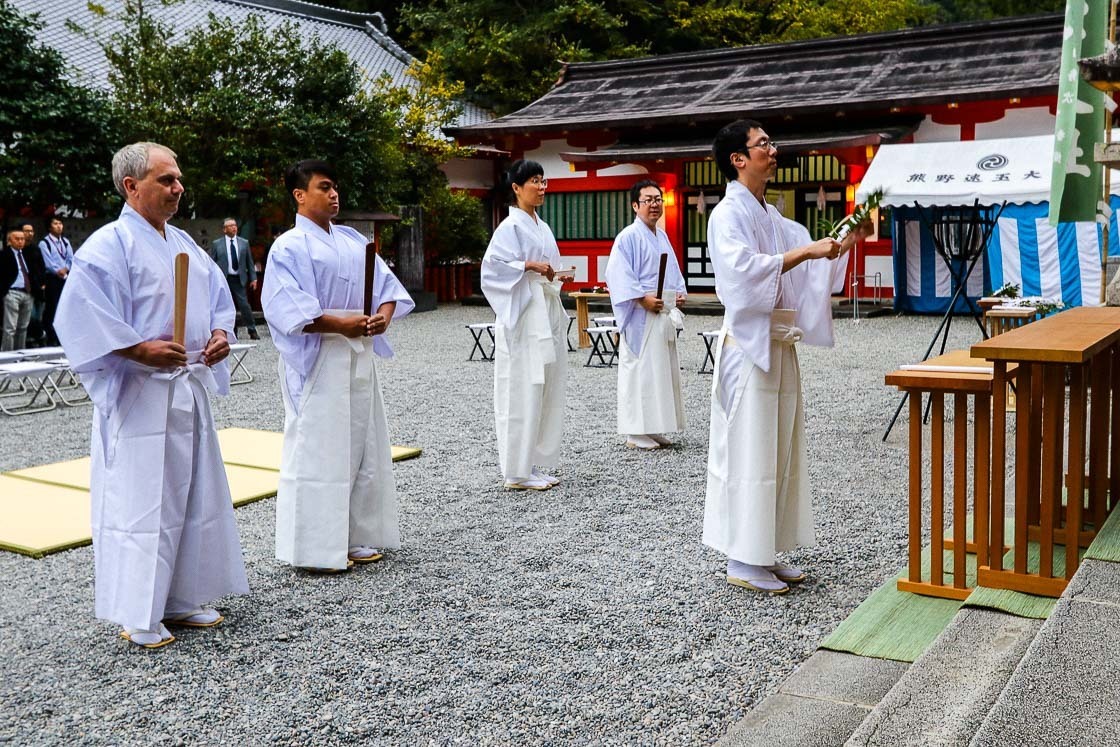
I am glad to report that the ceremony went smoothly and the main prayer for world peace was offered to the Kami at Hayatama Taisha. It was a heartfelt one which appeals for mankind to live in harmony as one familial unit and for peace to prevail through the strong bonds that connect us like with the sacred nagi tree.
Depending on the shrine's schedule, this experience may be offered once a month for a minimum of two participants and up to four participants starting from March 2019. Advance reservation is required and can be made at the link below. Alternatively, those interested should email the Shingu City Tourist Association here to find out about availability or for more details.
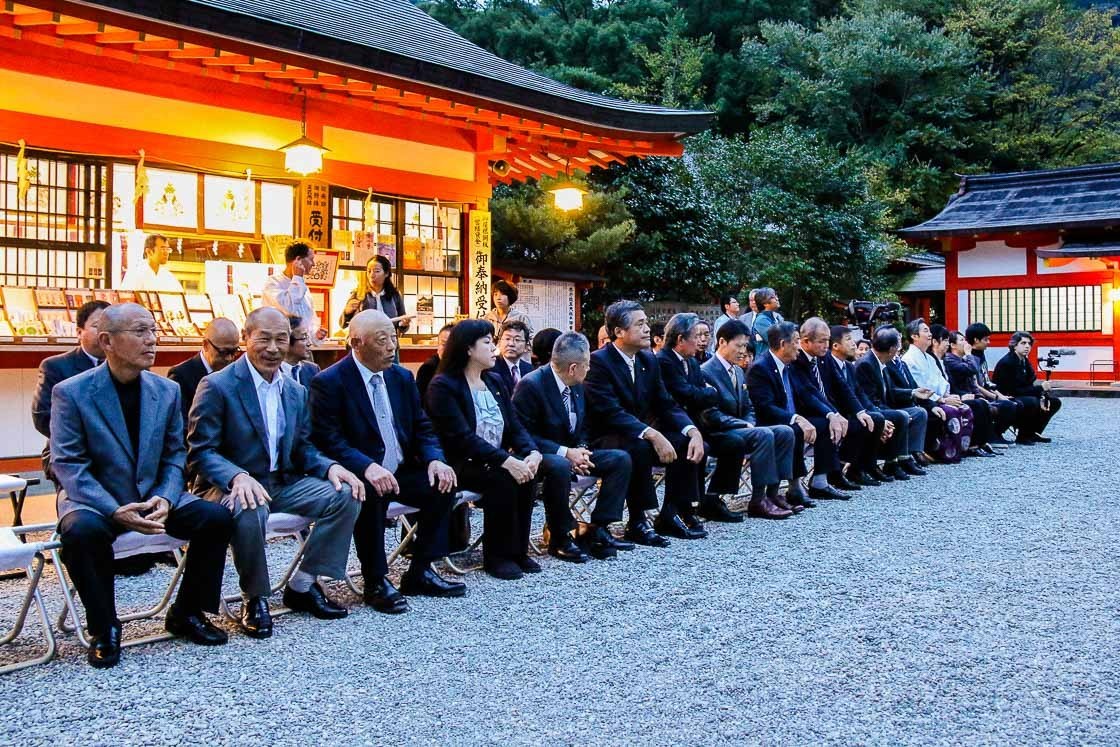

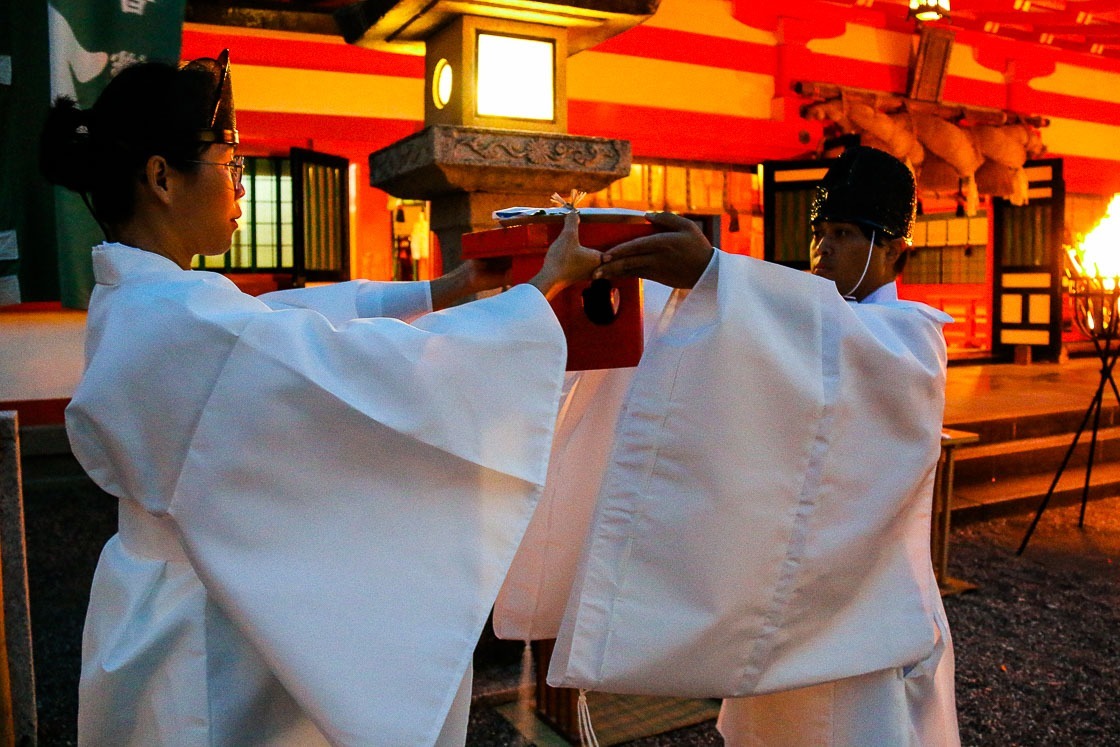
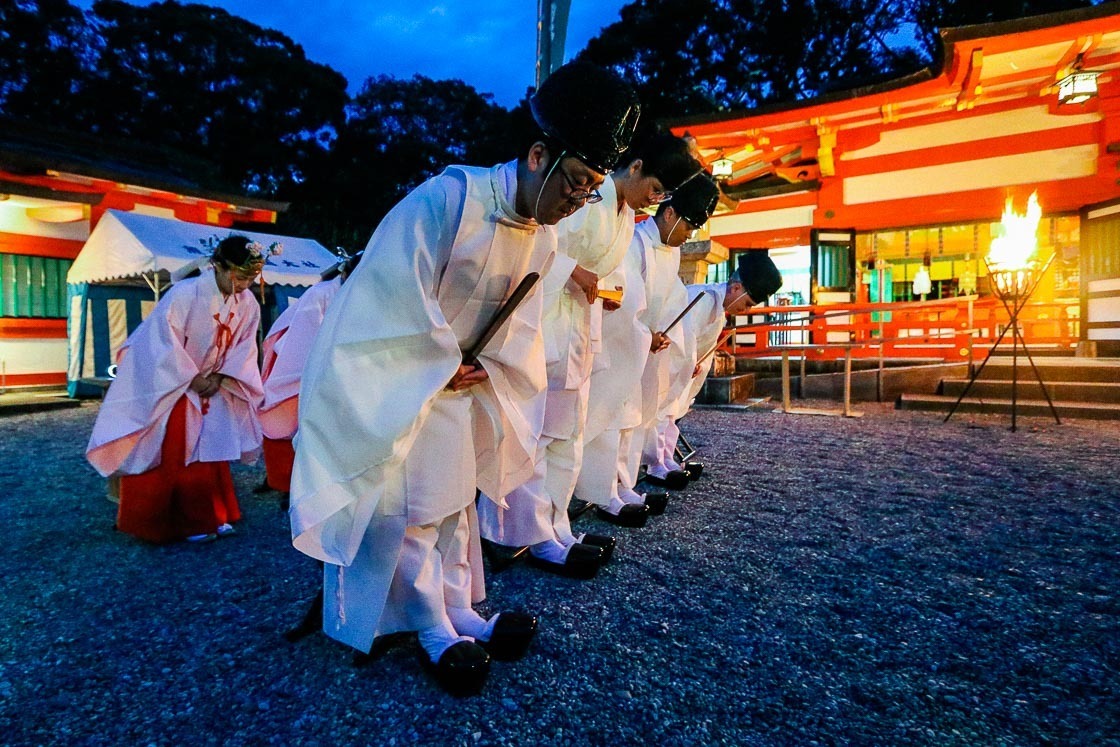
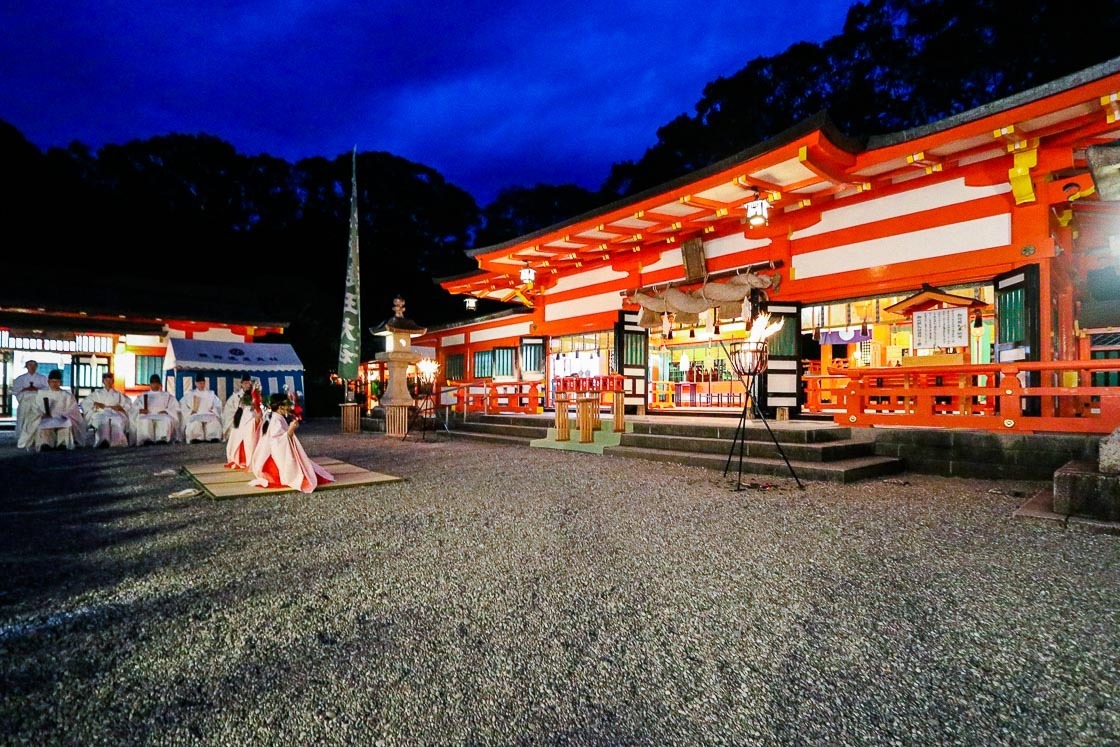
It was dark by the time the ceremony was over, and the high of participating in such a unique experience left me quite hungry. I headed out to look for dinner in the city and was not disappointed with what was available. For a relatively small population, there is a fair number of restaurants and it seems like the citizens enjoy dining out and eating delicious seafood. I picked an izakaya, which is like a Japanese-style pub offering dishes which are typically shared, not far from the station and enjoyed some local delicacies.
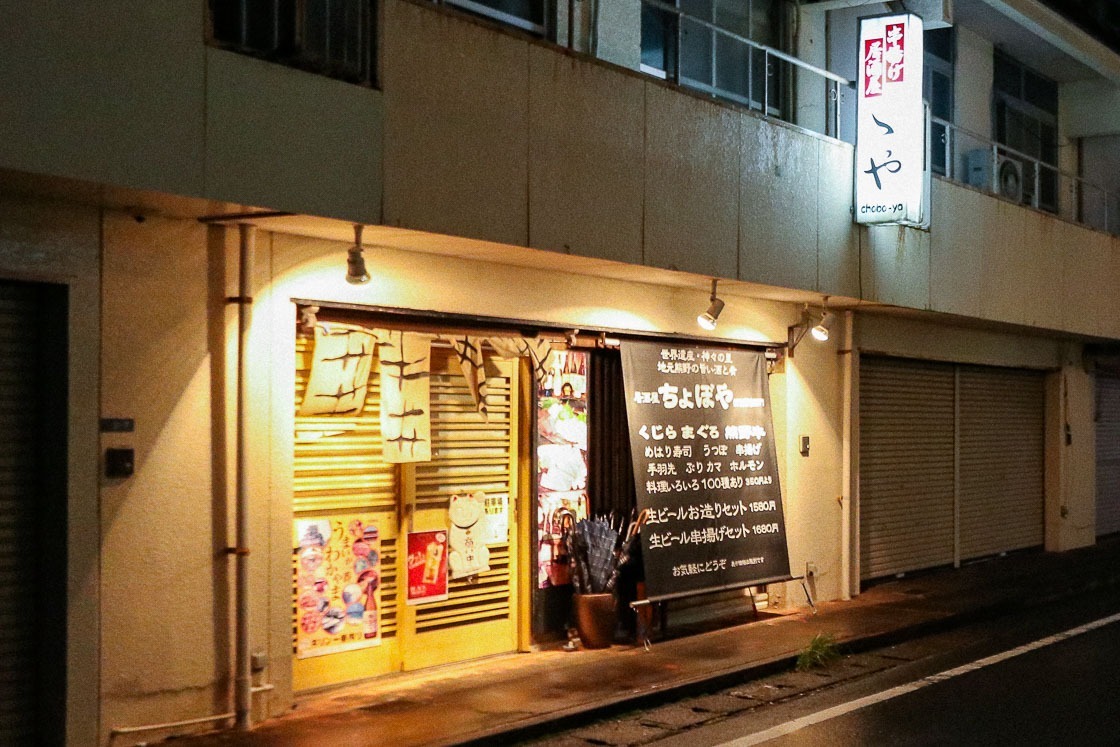


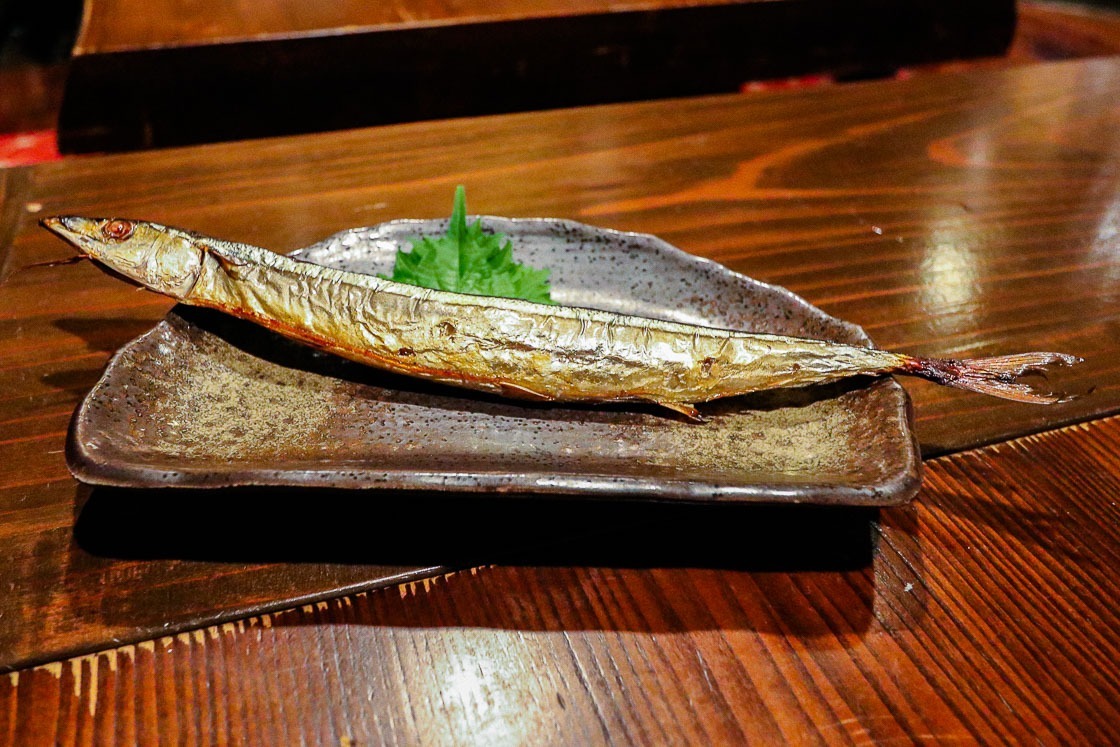
Day Two
The next day, I spent my morning exploring the city with my local English-speaking guide, Kyoko-san. It is advisable to make advance reservations to engage guide services that can and will enhance your understanding of Shingu City. In fact, my knowledgeable guide answered a lot of my questions and provided insight into the history as well as interesting tidbits about the city. A walking tour of the city typically takes about three hours visiting spots like either Kamikura Shrine or Shingu Castle Ruins, walking through the town and stopping at some local shops.
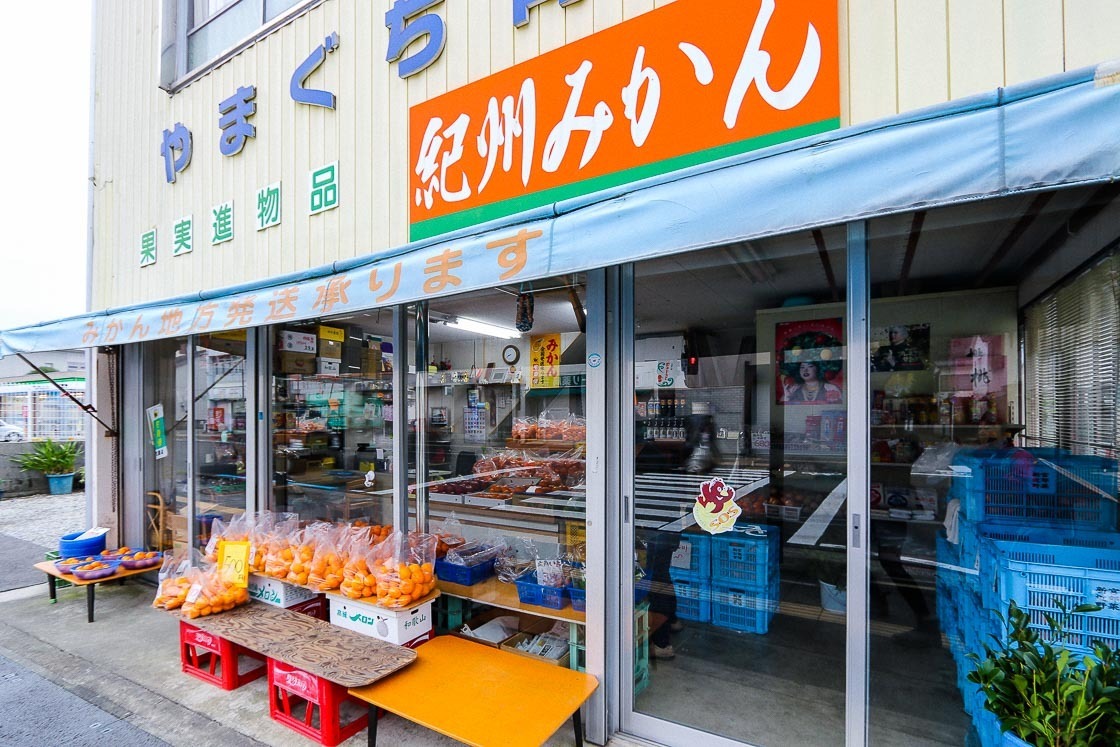
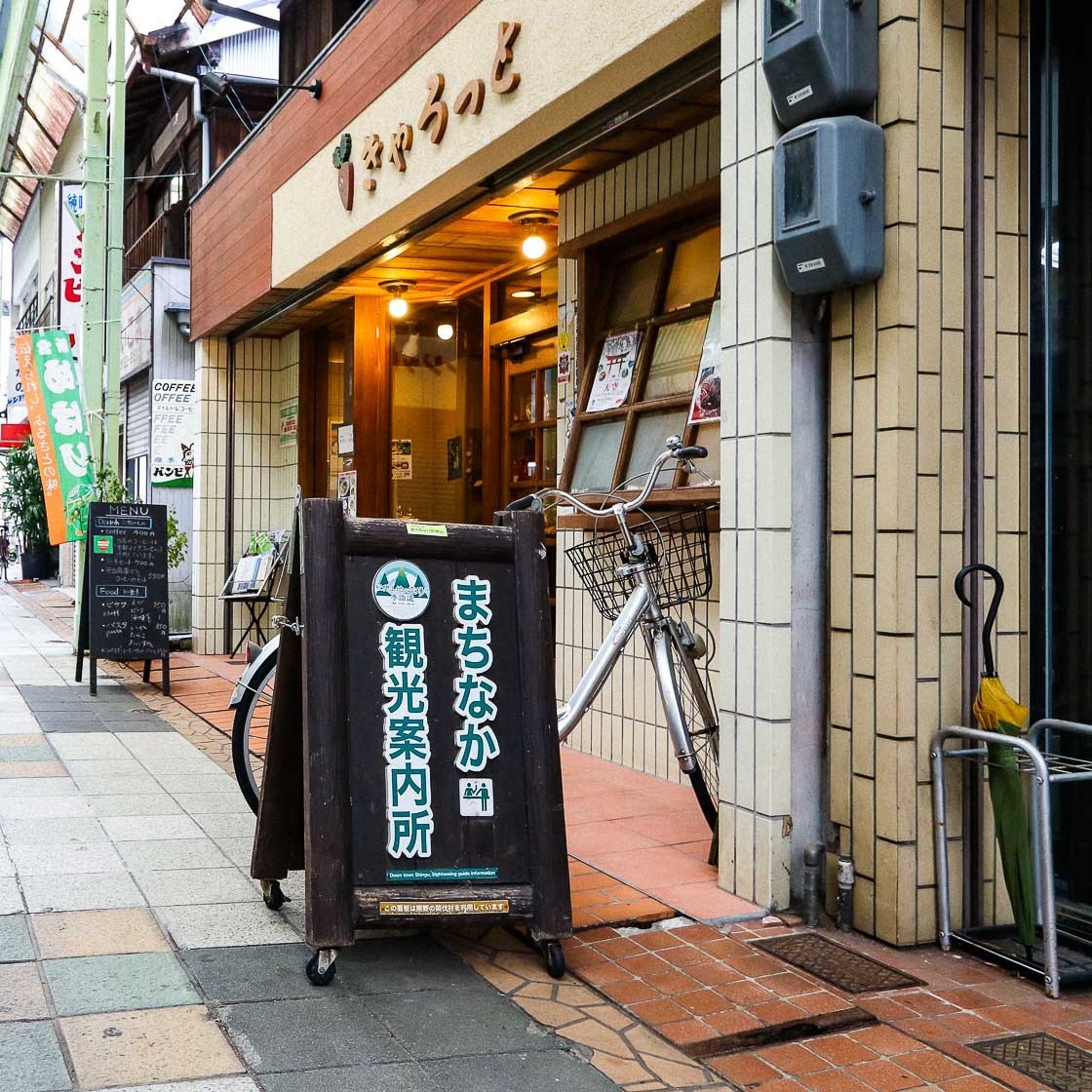
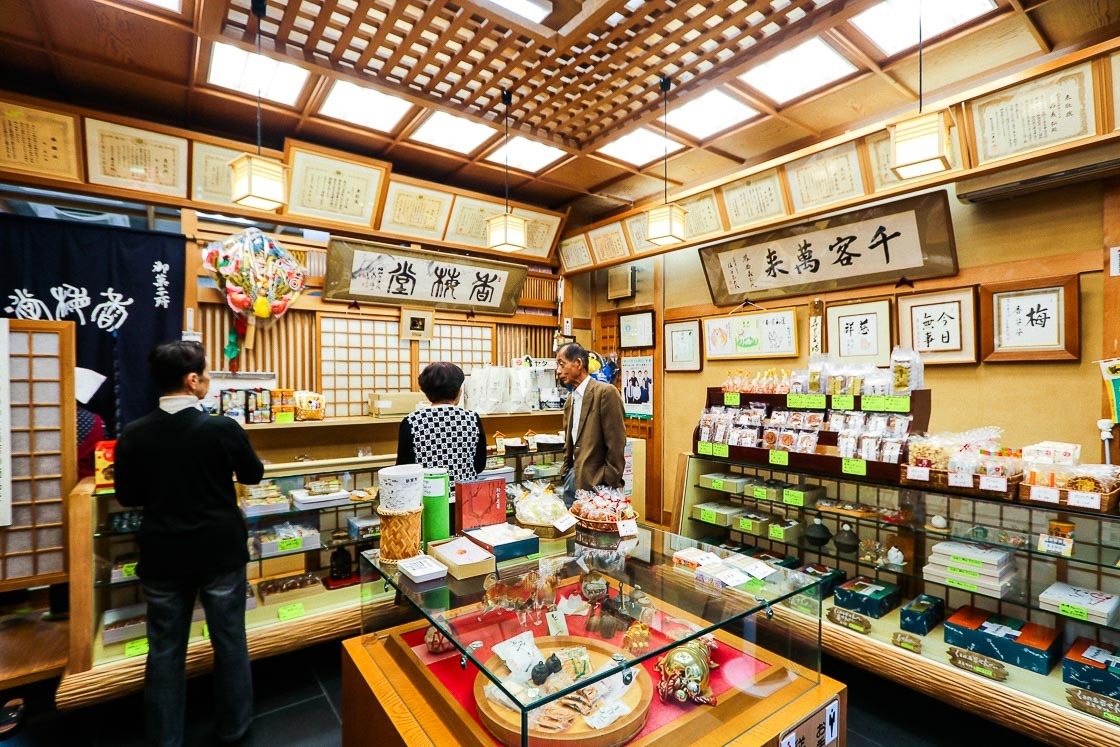
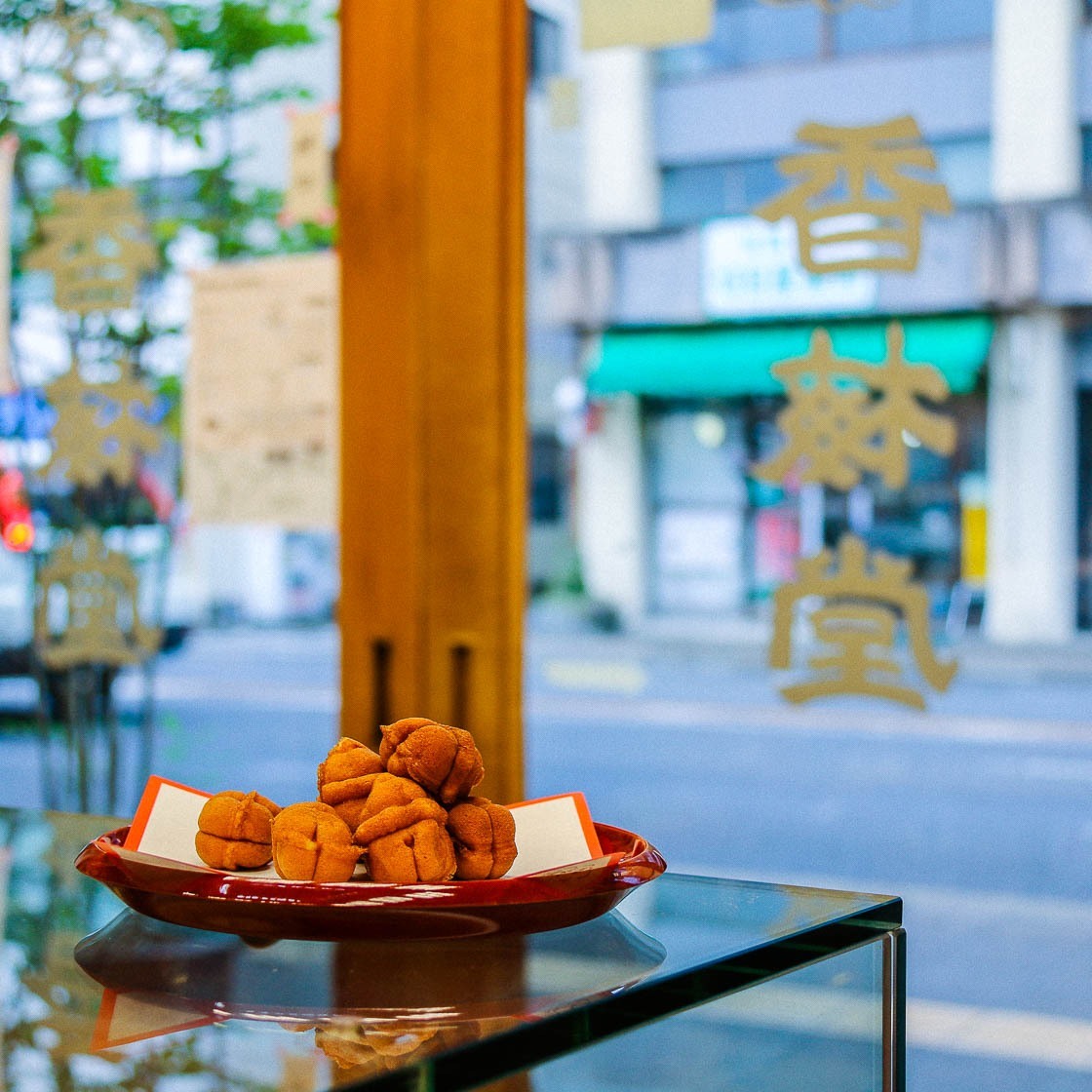
We started at Kamikura Shrine, which is now an auxiliary shrine of Hayatama Taisha, where it all began and climbed up the 538 steps to the rock where the gods supposedly landed. That massive rock at the top was named Gotobiki-iwa because it resembles a toad. From there, we walked through the city and Kyoko-san pointed out some interesting buildings and shops unique to Shingu. As we had a bit of extra time, my guide also brought me to see the Shingu Castle Ruins which is a popular cherry blossom spot in spring.

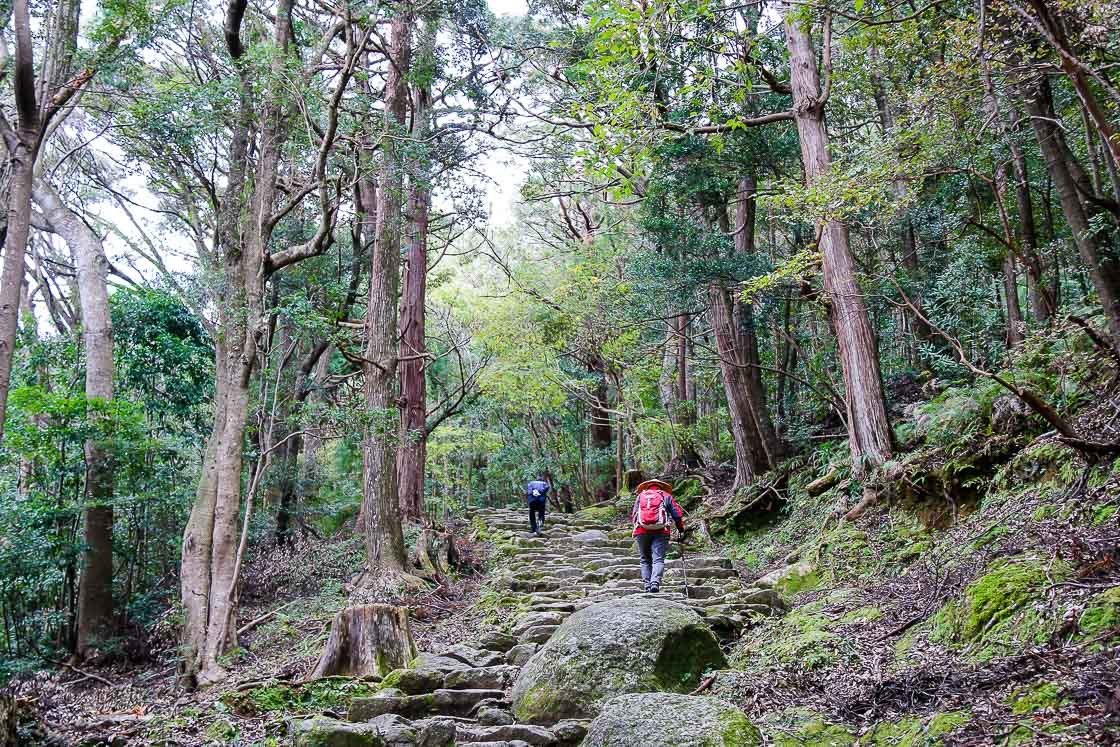
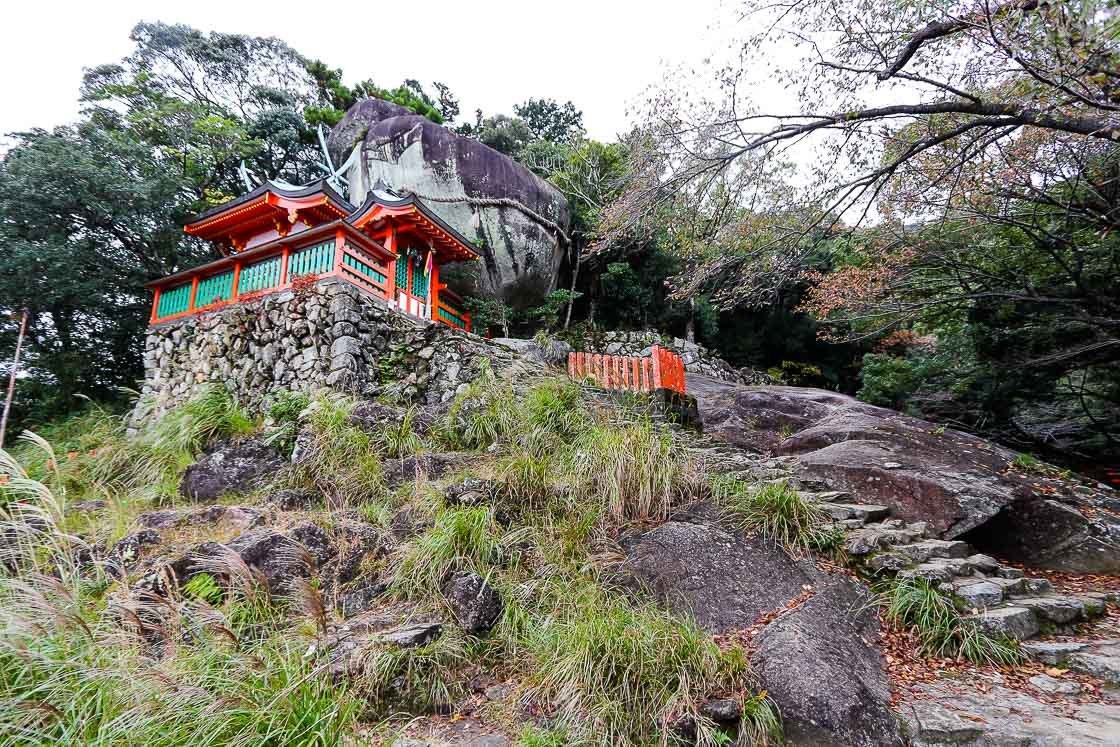
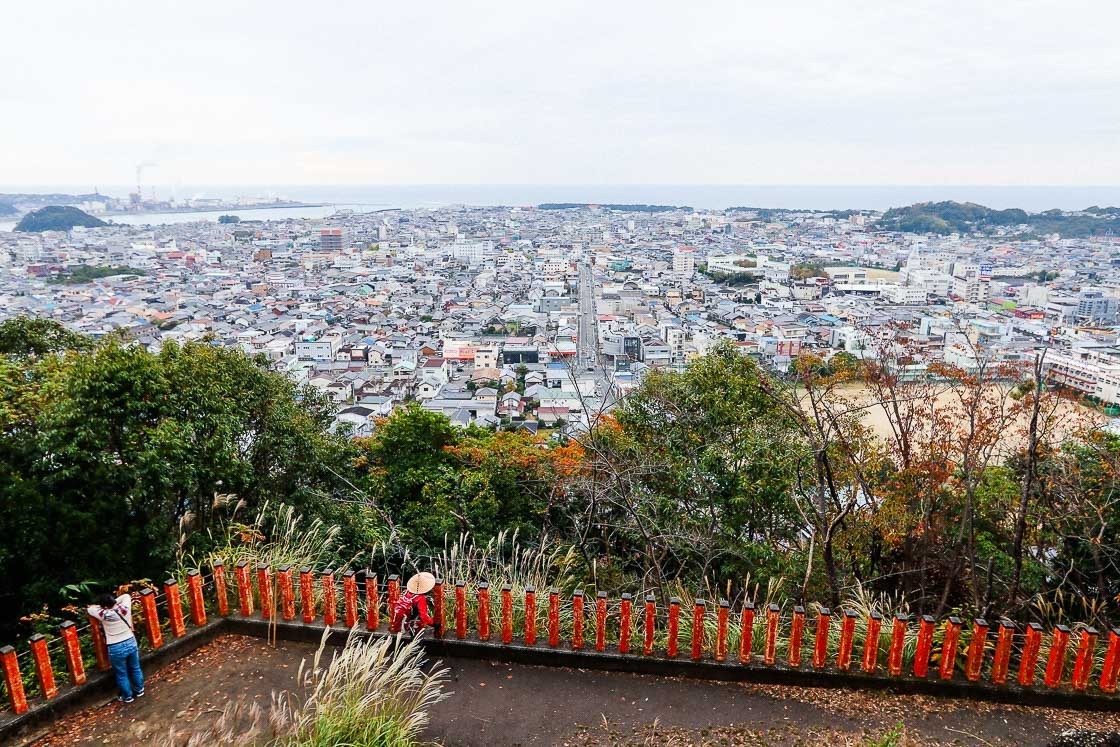
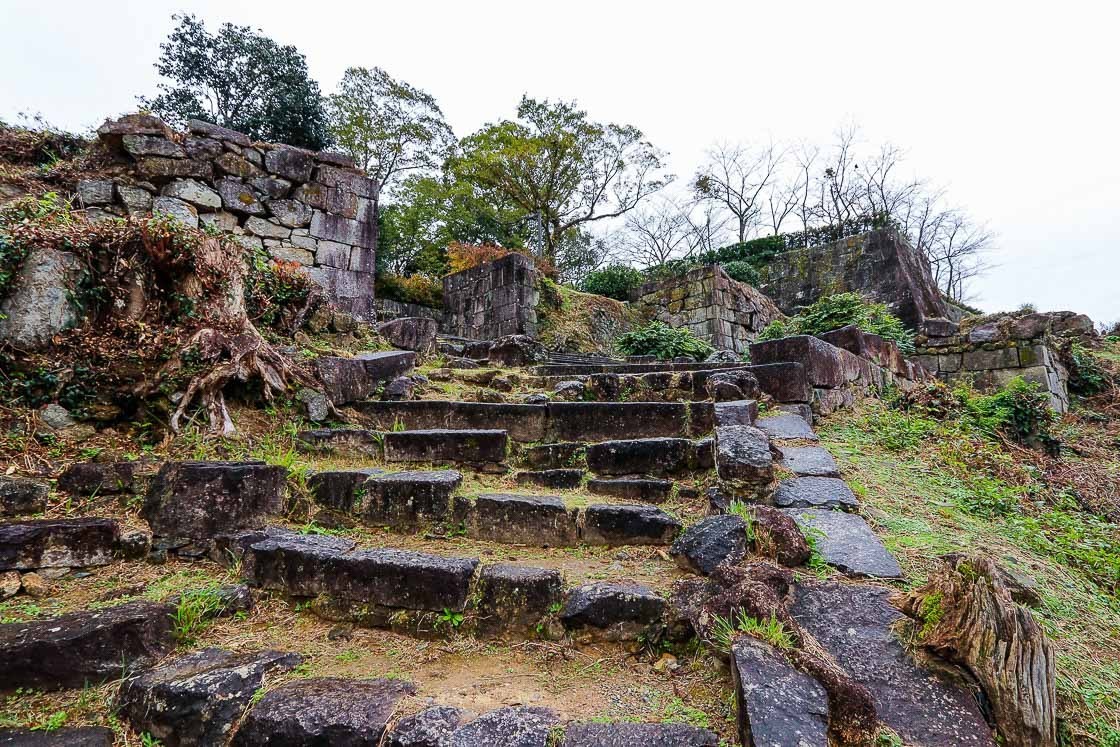
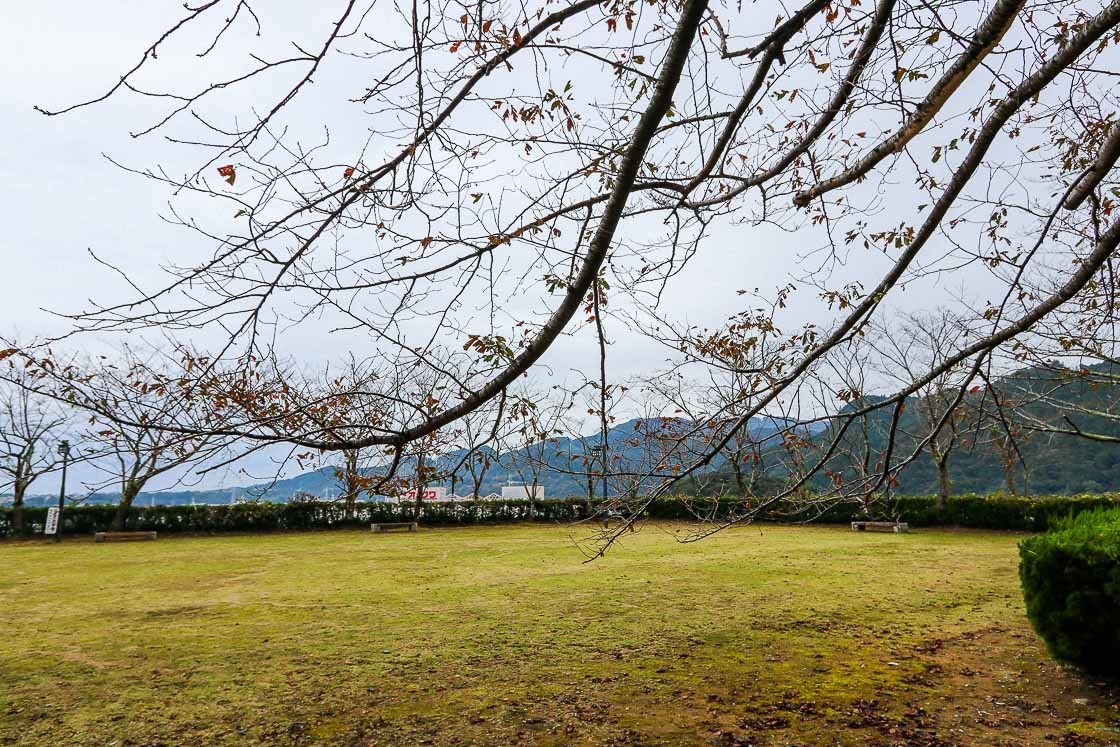
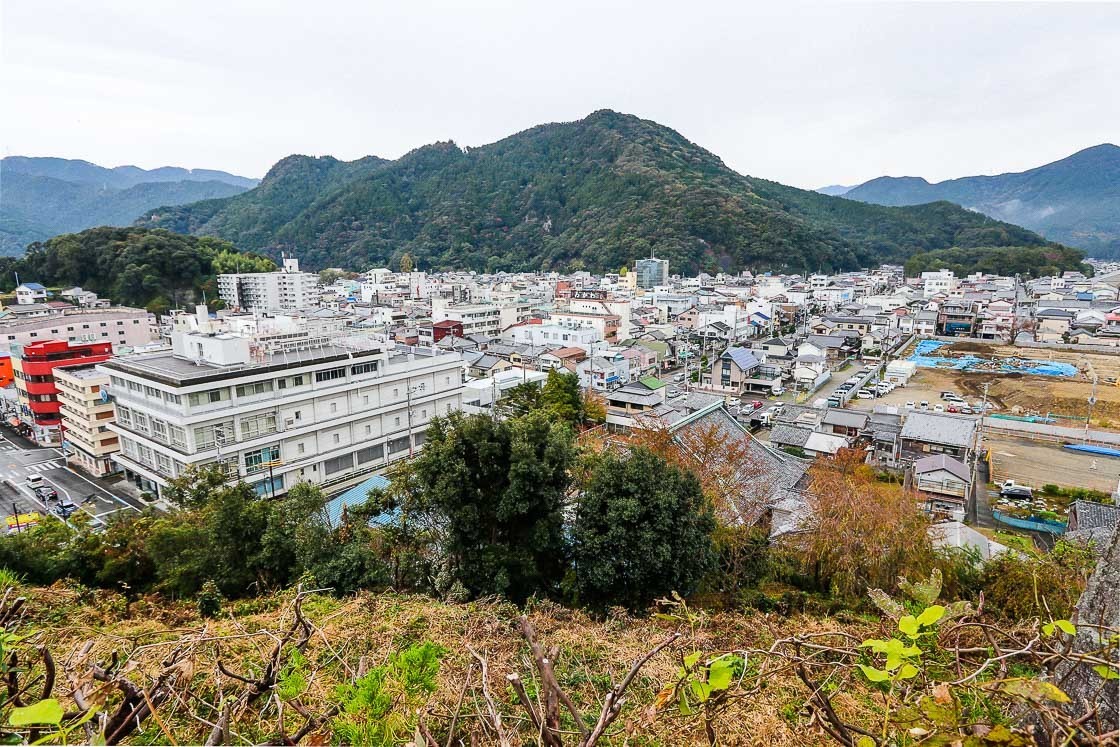

Finally, we ended the tour with lunch at one of the most famous sushi places in Shingu City, Jofuku Sushi, just across from Shingu Station. The place had a steady stream of customers getting takeaway lunch and we barely got a seat before it filled up. One of items that the shop is well-known for and a Shingu city delicacy is sanma-sushi. I was equally impressed and tickled when Kyoko-san dug out some homemade sanma (pacific saury), a cutting board and a knife to show me how sanma-sushi was made here. The chef came out to inspect our activities and gave his approval!
All good things must come to an end, and I did not feel quite as ready to leave Shingu when lunch was over. It had been a superb trip with the slightly intense ceremony for world peace on the first day and the amazing company of my guide Kyoko-san on the second day. I would definitely recommend this extended trip in Shingu City for those who are doing the Kumano Kodo as it would provide an additional element to a spiritual pilgrimage.

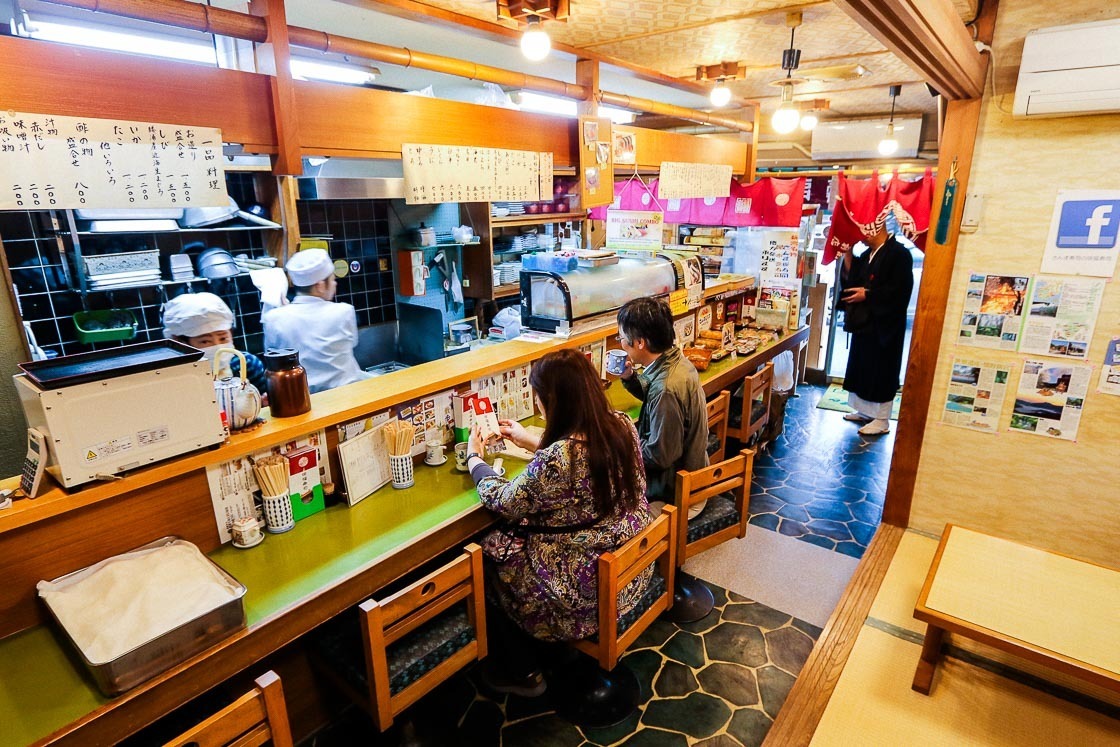
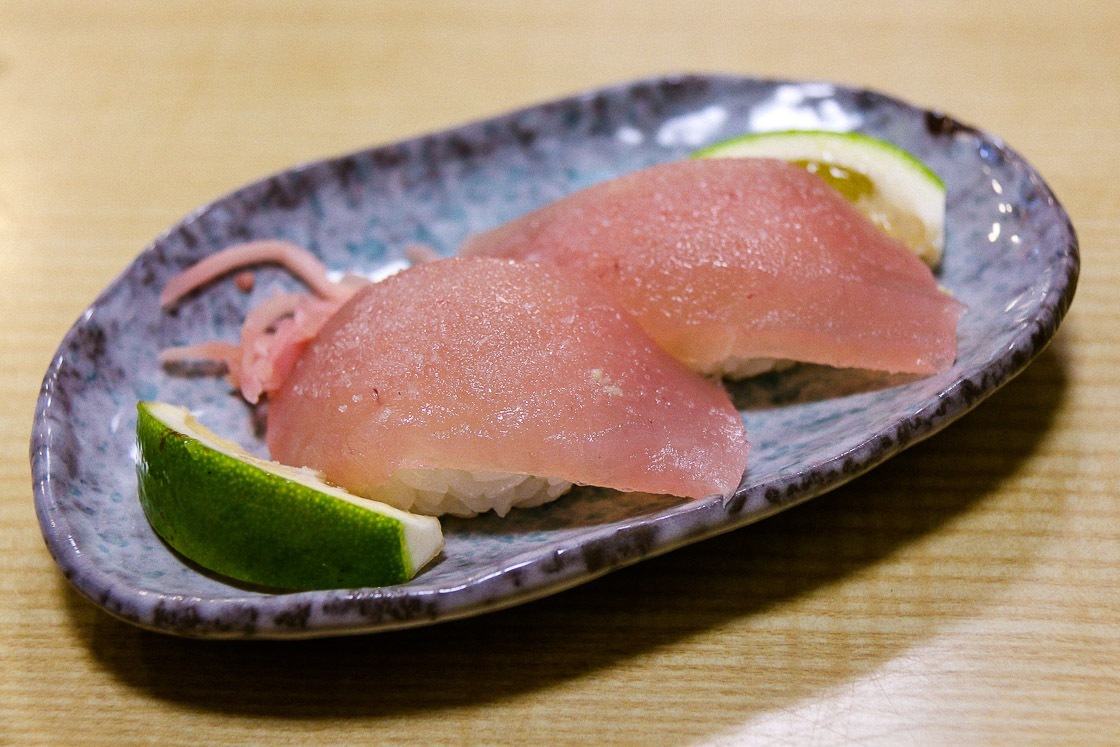
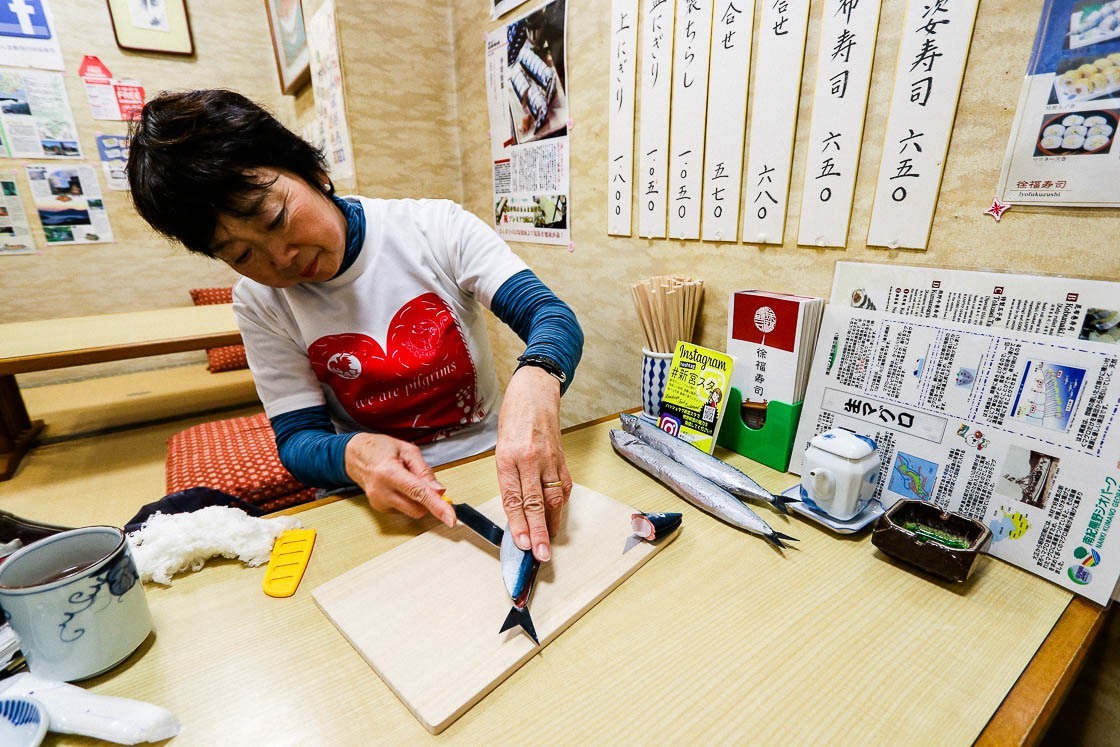
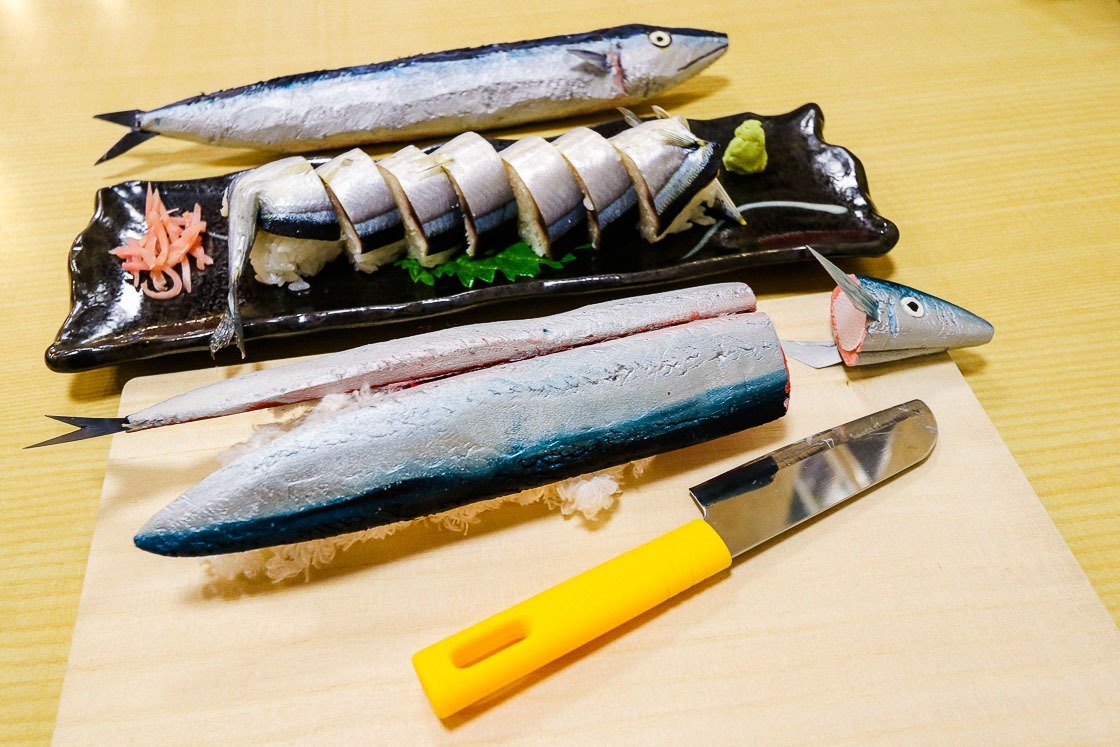
Access
Shingu Station is the main station serving Shingu City. The best way to access the city is by the limited express trains, Nanki or Kuroshio from Nagoya and Osaka respectively. The one way journey takes about 3.5 to 4 hours and costs around 7300 yen.
